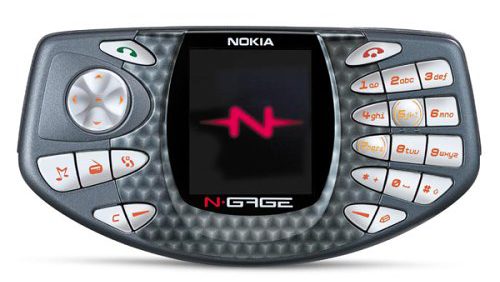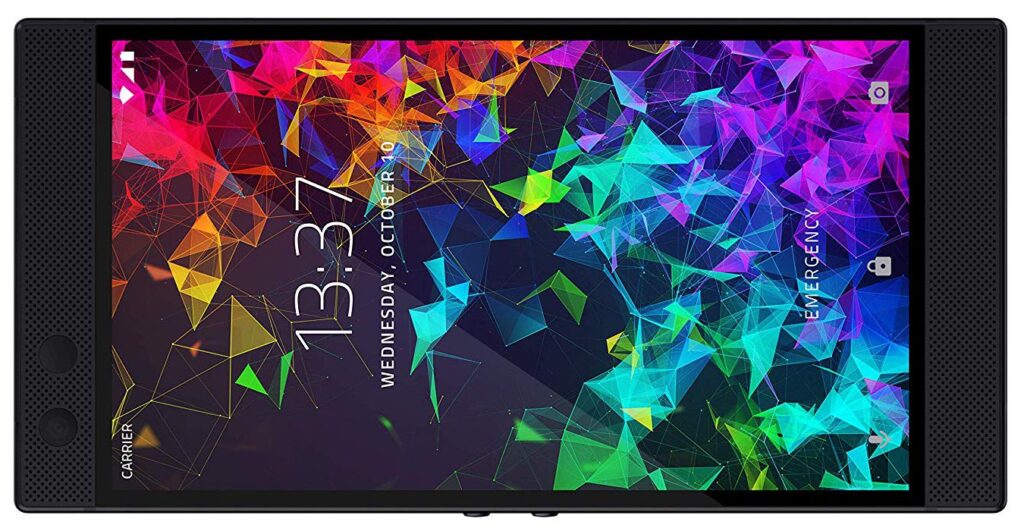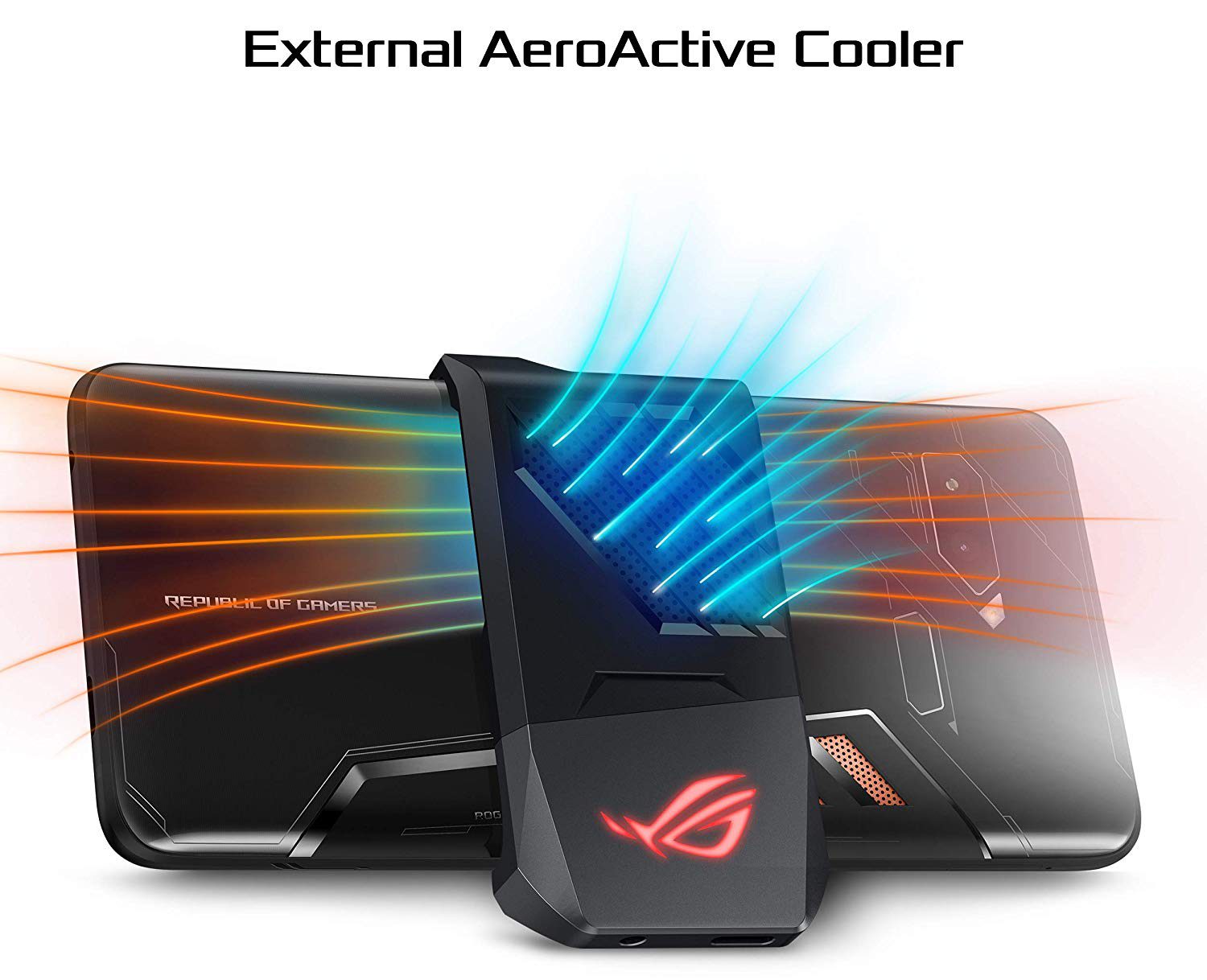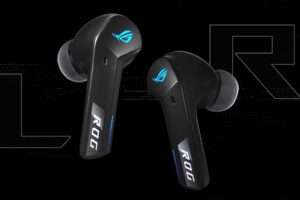DISCLOSURE: Most of our content uses affiliate links. As an Amazon Associate, we may earn a commission when you buy through the links. Each of your purchases via our affiliation links helps us to support the cost and maintenance of this site.

Recently, we have observed an increase in phone manufacturers releasing gaming-oriented smartphones. While functioning as regular smartphones with access to apps, communication tools, and media, these devices boast enhanced specifications to ensure smooth and fast gaming experiences. Often, these manufacturers aim to compete with established gaming devices like those from Nintendo and Sony, though this has been an uphill battle.
Still, gaming-specific features are not exclusive to today’s smartphones. Let’s explore how gaming phones have evolved and developed over the years.
Nokia N-Gage Series

In 2003, Nintendo’s Gameboy Advance was creating a global sensation. This portable gaming console was not only affordable but also boasted a vast library of games accessible to everyone. At the same time, Nokia, a leader in mobile communications, aimed to compete with the GBA. Thus, in 2003, it launched the Nokia N-Gage.
The N-Gage was a unique device, featuring a landscape form factor similar to the GBA but with a smaller 2-inch screen and additional buttons to support its phone functions. Public reception was lukewarm, and the device became notorious for its taco-like appearance. Despite its quirks, the N-Gage was functional, though only 56 games were ever released for the system. A significant drawback was the need to remove the phone’s entire back cover just to switch game cartridges.
In 2004, Nokia introduced an upgrade called the N-Gage QD, which sported a more modern design. However, this was insufficient to sustain the brand, with total sales reaching only 3 million units by 2007. The series was eventually discontinued, and Nokia reimagined the N-Gage as a software service.
Sony Xperia Play

Launched in 2011, the Xperia Play represented Sony’s ambitious venture into the realm of dedicated gaming phones. Commonly referred to as the “PlayStation Phone,” the X-Play incorporated several features from Sony’s PlayStation Portable series, including a sliding design reminiscent of the PSP Go and the signature PlayStation button layout, complete with trigger buttons. The phone supported an online store that offered classic PlayStation titles. Unfortunately, despite its innovative concept, the device did not achieve the recognition it deserved.
Running on Android, the X-Play was hampered by subpar specifications, which likely contributed to its poor market performance. Sony never released a successor, but one can always remain hopeful for the future.
Razer Phone Series
Razer Phone 1st Generation 
Even gaming hardware company Razer entered the smartphone market. In 2017, Razer unveiled the first-ever Razer Phone. The device featured a minimalist design with a plain exterior, except for the iconic Razer logo on the back. It was groundbreaking as the first smartphone to offer a 120 Hz high-refresh-rate display, making games on its large 5.7-inch screen appear smoother and more visually impressive than on competing devices. Additionally, the phone was equipped with a Qualcomm 835 processor and 8GB of RAM. However, it did have a few drawbacks, such as the absence of a 3.5mm headphone jack and a somewhat mediocre camera.
Razer Phone 2nd Generation 
A year later, Razer launched the Razer Phone 2. This follow-up device retained much of the technology from its predecessor but introduced the more powerful Snapdragon 845 processor and added IP67 dust and water resistance. Furthermore, the Razer logo on the back now glows, enhancing its gaming aesthetic. Despite these improvements, the lack of a headphone jack remained a disappointment—especially since dedicated gaming handhelds like the Nintendo 3DS and the Switch still feature one, catering to gamers who frequently use headsets.
Performance is where the Razer phone excels, though; games load quickly and stutter hardly at all, and the phone more than lives up to the Razer name.
ASUS ROG Phone
Introducing one of the latest contenders in the tech world: ASUS, a Taiwanese giant well-versed in crafting gaming-centric devices, as evidenced by their successful ROG Gaming laptop line. Expanding into the smartphone market with their Zenfone series, it was only logical for ASUS to merge these two realms. In 2018, they did just that with the ASUS ROG Phone, a device designed for portable gaming enthusiasts with powerful specs and a unique design.

The ROG Phone boasts a 6-inch display, 8GB of RAM, a Snapdragon 845 processor, and a robust 4,000 mAh battery. While these features are typical of 2018 flagship smartphones, the similarities end there. ASUS has equipped the ROG Phone with a distinctive design, featuring streamlined edges, rear air vents, and a glowing ROG logo. Additionally, the phone is fitted with “air triggers” along the edge, simulating shoulder buttons found on standard gaming controllers.

ASUS also introduced several accessories for the ROG Phone, including a dock with a secondary display that provides a more traditional handheld gaming experience, and a small fan that can be attached to the side for cooling during extended gaming sessions. The phone retains the 3.5mm headphone jack, a rarity among 2018 flagship models. Moreover, ASUS included a special performance mode that intelligently manages RAM and clock speed to deliver an enhanced gaming experience.

We think that the ROG Phone is a well-rounded device if you can dig the fancy external design.
Special Mentions
Although not as heavily marketed as other devices on this list, the Xiaomi Black Shark and Nubia Red Magic Mars are powerful smartphones designed for gamers. Both are equipped with a Snapdragon 845 chipset, but the Nubia Red Magic Mars offers a version with 10GB of RAM, surpassing the Black Shark’s 8GB. These devices also feature large screens and robust batteries, making them ideal for both media consumption and gaming.
Do you have any gaming-centric phones you’d like to share? Hit us up in the comments section below!





Thanks C! Hopefully we get dedicated gaming phones from big brands. I’d love to see a Samsung galaxy gaming phone.
They’re available on amazon, and are unlocked depending on the seller!
Thanks for checking out the site Dale!
Unfortunately the Ngage and Xperia play have long since been out of production. The most recent ones on this list are the Razer phone and ROG phone.
The Black Shark is a good product to consider considering the specs-to-price ratio. it still offers good-enough specs.
Hi Larry, glad you could check out the site!
Yeah, they have certainly created a niche market with gaming phones. Personally though I still game more on my Nintendo consoles.
Nintendogs was a pretty big hit for the DS! As for the Ngage, too bad it didn’t persevere in the market.